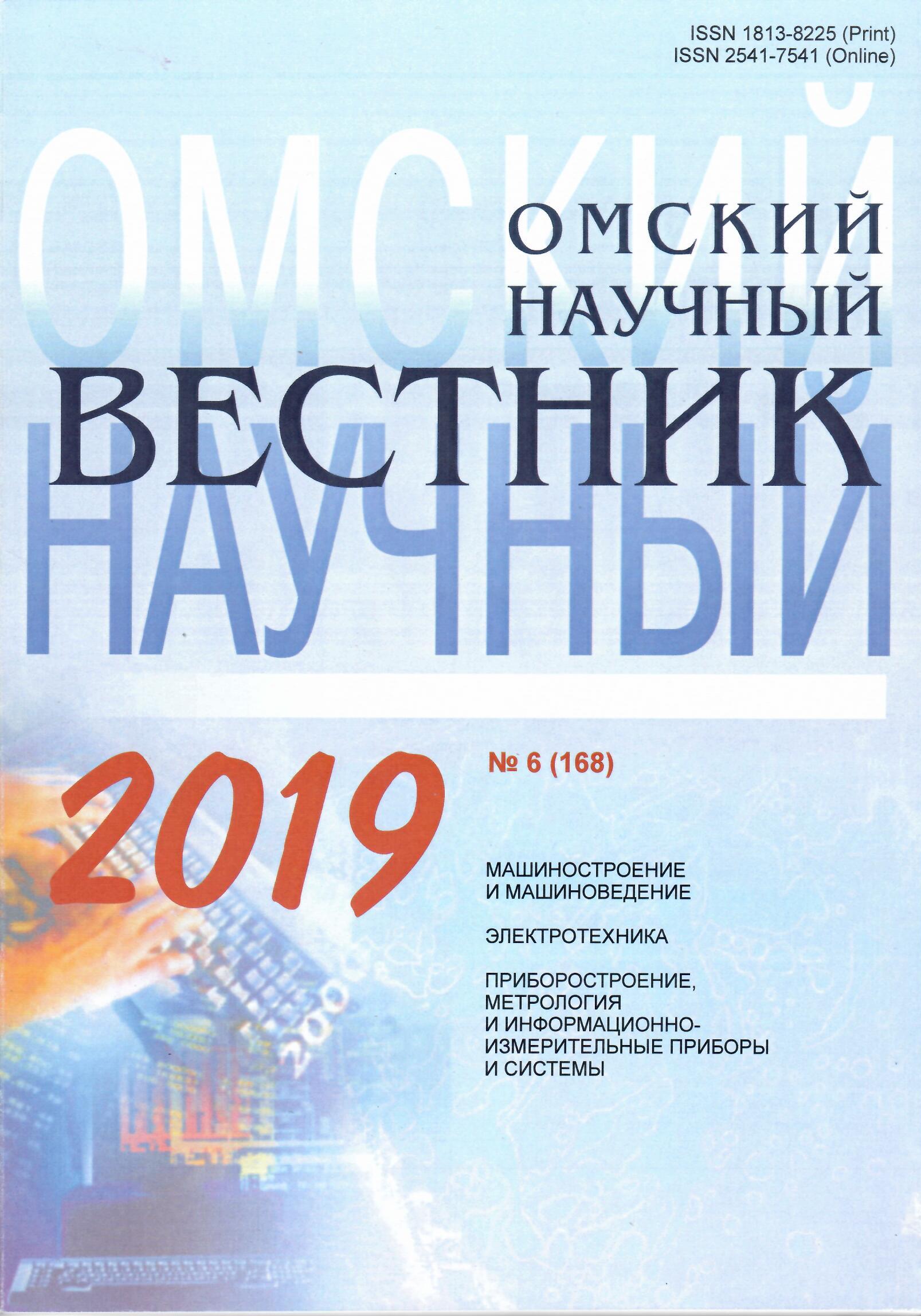Formation on quartz substrate and study of properties of nanostructured layers from polyvinylen obtained by dehydrochlorination of polyvinyl chloride with modifying additive — iron nitrate
DOI:
https://doi.org/10.25206/1813-8225-2019-168-83-88Keywords:
conjugated polymer, thin films, polyvinyl chloride, dehydrochlorinated, atomic force microscopy, conductivityAbstract
The work is devoted to solving the urgent task of developing simple ways of applying nanostructured layers of polymers to different substrates with a pairing system with properties of organic semiconductors. To obtain such polymers used dehydrochlorination of polyvinyl chloride under the influence of anilin in the solution dimethylsulfoxide. Iron nitrate is used as a metal-containing modifying supplement. The nanostructured layers of polyvinylen (polymer with the system of conjugated double bonds) are obtained by forming on the plates of monocrystalline quartz by the Langmur-Blodgett. The ASM method shows that in the absence of metal-containing additives, layers of polyvinylens are formed thick ~100 nm. Metal addition leads to significant changes in the morphology of the layers. There is a formation of conglomerates of rounded particles measuring ~30…50 nm. The iron content in these layers is 0,04 % atomic. The study of ultraviolet spectrums shows that iron dopation causes a multiple increase in optical density in the entire range of wavelengths studied. The resulting data can be used to create an elemental base of molecular electronics.
Downloads
Published
How to Cite
Issue
Section
License
Non-exclusive rights to the article are transferred to the journal in full accordance with the Creative Commons License BY-NC-SA 4.0 «Attribution-NonCommercial-ShareAlike 4.0 Worldwide License (CC BY-NC-SA 4.0»)




